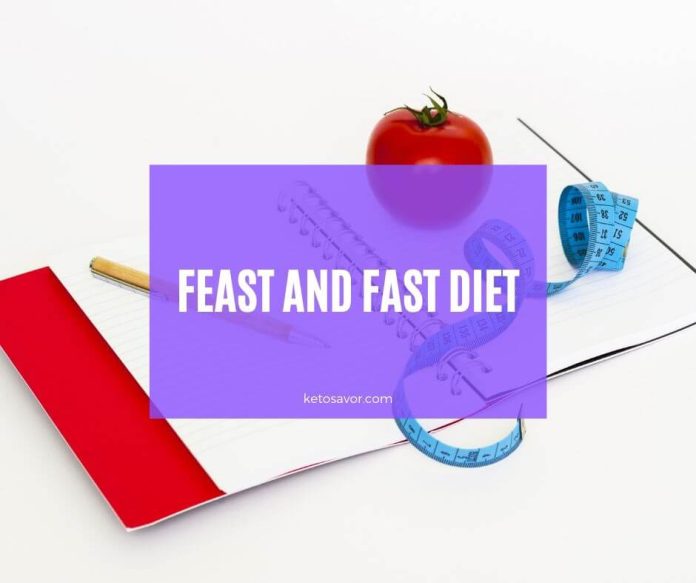Learning the proper method for performing a feast and fast diet allows maximization of weight loss efforts while keeping the diet as healthy as possible.
Table of Contents
Overview
When it comes to effective dieting measures, there are countless paradigms that can help you to lose weight. For many, the conventionally accepted dieting maxim of “multiple small meals throughout the day” proves difficult due to scheduling concerns or other impairments.
If you are looking to lose weight while eschewing the multiple-meal philosophy espoused by most dieting “gurus,” the Feast and Fast Diet might be for you. The Feast and Fast diet is a diet that purports to allow for effective weight loss with just one meal per day.
Feast and Fast Theory
Understand the theory behind the Feast and Fast diet to help to decide whether it is an appropriate plan for your dieting needs. The Feast and Fast diet alternates between long periods of fasting followed by a shorter period of “feasting,” during which time you are permitted to eat as much as you can.
This preference towards fasting naturally downregulates the amount of calories you can consume throughout the day, as you would have difficulty eating a “typical” caloric load during just one feeding period. This, in turn, leads to weight loss.
The pattern of alternating between short, periodic feedings and longer periods of fasting more closely models mankind’s hunter-gatherer ancestors–a population that had no concept of weight control issues or obesity-linked diseases such as diabetes.
Feast and Fast Practice
Fast throughout the day while consuming all the food you can eat from 6pm until bedtime while following a Feast and Fast Diet, according to the author of the “Warrior Diet” (a type of alternating Feast/Fast Diet) Ori Hofmekler.
Slowly work yourself down to consuming no meals throughout the day by gradually increasing the time between meals for the first few weeks on the plan.
For example, if you usually eat breakfast at 8am and lunch at noon, push those times back one hour per week until you become used to fasting throughout the day. At that point, forgo all meals during the morning and afternoon, focusing instead on eating only after 6pm.
For your evening “feast,” focus first on healthy food items–vegetables, fruits, healthy carbs (oats, sweet potatoes, brown rice) and lean protein (low-fat meat, poultry, seafood, etc.). Stuff yourself with these healthy items until you cannot eat anymore. Repeat the process as necessary if you become hungry again before bedtime. If you “survive” two healthy feedings and are still hungry, feel free to indulge in unhealthy items during the third round–pizzas, cookies, and ice cream are all fair game if you have put in an honest effort towards satiating your hunger first with healthy items.





